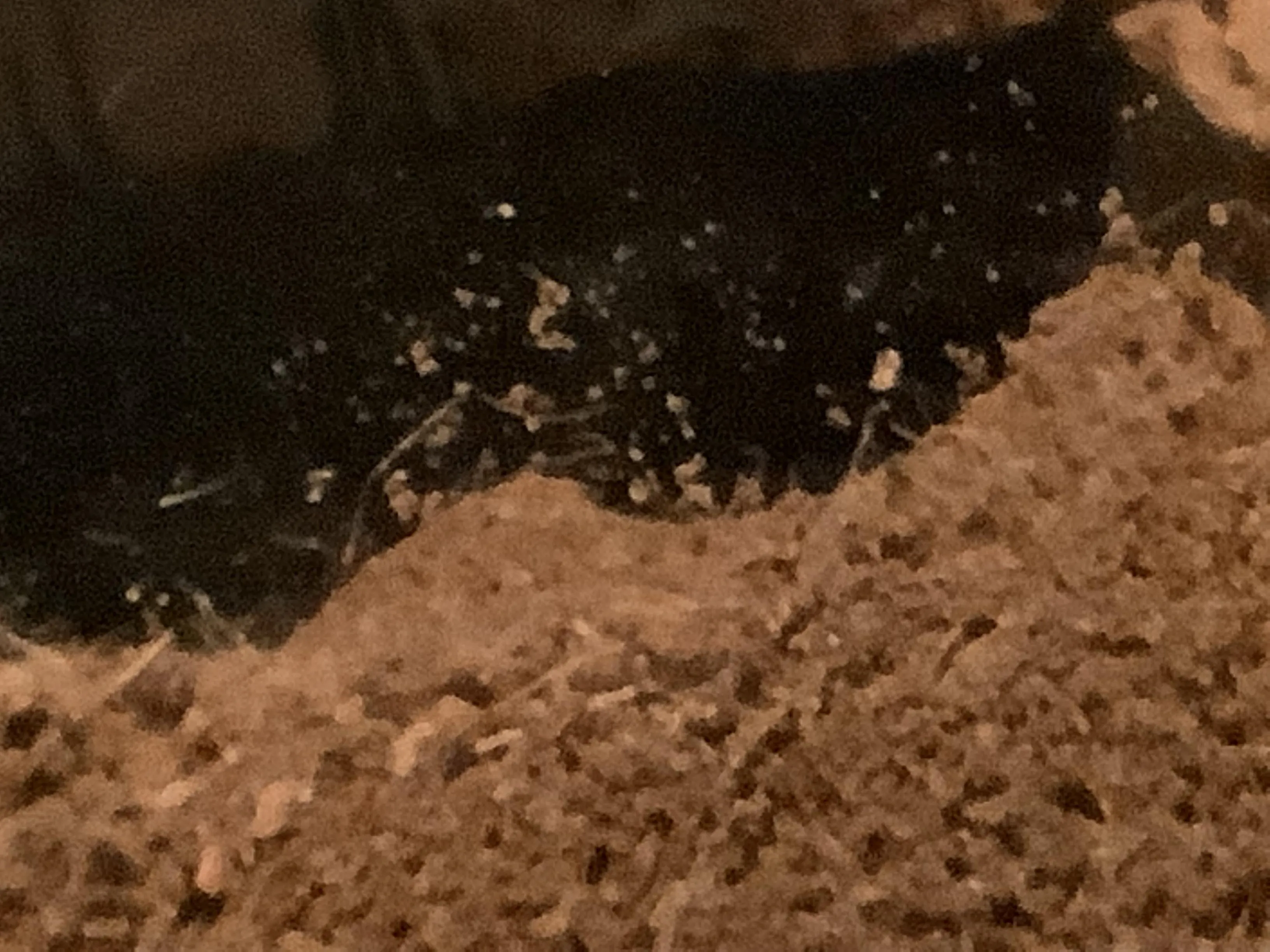What Are Tarantula Mites?
Tarantula mites are tiny, parasitic arachnids that can infest tarantulas and their enclosures. These mites are often reddish or tan in color and are typically no bigger than a pinhead, making them difficult to spot until an infestation is well underway. They feed on the tarantula’s hemolymph, essentially its blood, causing irritation, stress, and potentially leading to more serious health issues if left untreated. Mites thrive in warm, humid environments, which are ideal conditions for tarantula habitats. Understanding what tarantula mites are is the first step in effectively dealing with them.
Identifying Mites on Your Tarantula
Early detection is crucial. The initial signs can be subtle. Regularly inspect your tarantula for small, moving specks, especially around the leg joints, the abdomen, and the book lungs. Use a magnifying glass if necessary to get a better look. Mites often congregate in these areas. You might also notice your tarantula scratching excessively, rubbing its legs, or displaying other signs of discomfort. A healthy tarantula will generally be active and eat well; if you observe a decline in these behaviors coupled with the presence of tiny creatures, it is highly probable you are dealing with a mite infestation. Take action immediately to prevent them from spreading.
Signs of a Mite Infestation
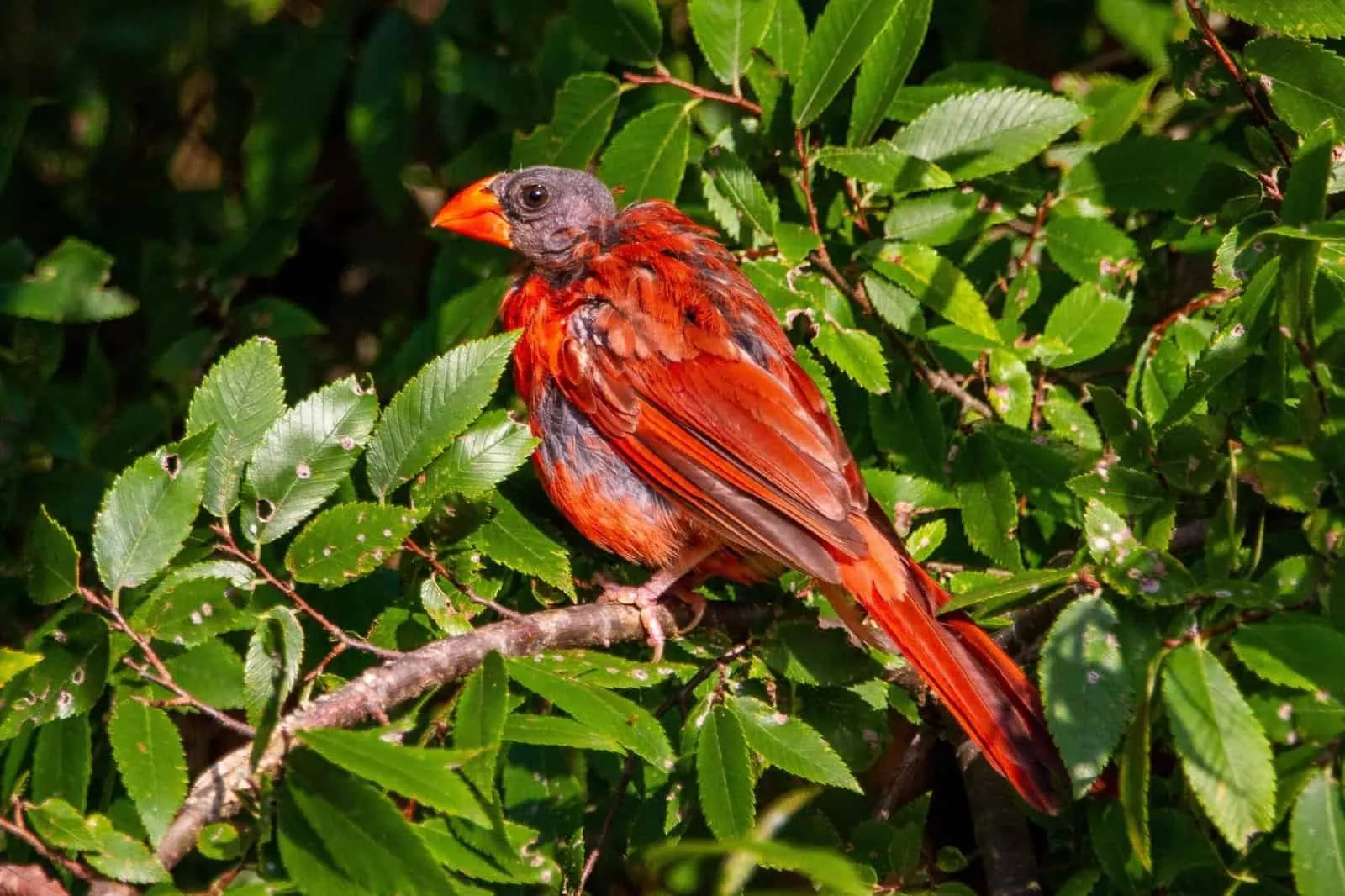
Aside from seeing the mites themselves, other signs indicate an infestation. Look for these telltale signs: excessive scratching or rubbing, often directed at the legs, abdomen, or other body parts. This is the tarantula’s attempt to alleviate the irritation caused by the mites. The tarantula might also become lethargic, losing its appetite, or showing a general decline in activity levels. Furthermore, you might notice molting issues, as the mites can interfere with the molting process, and the exoskeleton may not shed properly. In severe cases, you might observe a discoloration of the tarantula’s body, particularly around the infested areas. These are all indicators that immediate intervention is necessary to protect your pet.
Common Causes of Mite Infestations in Tarantulas
Mite infestations often stem from specific environmental or management issues. The primary cause is often contaminated substrate or decor. Mites can be introduced through new substrate, plants, or other items that haven’t been properly sanitized before being placed in the enclosure. Another common cause is poor hygiene; infrequent cleaning of the enclosure allows mites to thrive and multiply rapidly. Overly humid conditions, which tarantulas generally need, can exacerbate the problem, providing an ideal breeding ground for mites. Introducing a new tarantula to an existing collection without quarantine is another risk factor. Also, improper ventilation can lead to conditions that favor mite growth. Addressing these causes is vital to prevent infestations.
How to Remove Mites in Tarantula Habitats
Removing mites requires a comprehensive approach that addresses both the tarantula and its environment. Begin by cleaning the enclosure thoroughly, replacing the substrate, and quarantining the affected tarantula. This integrated approach helps eradicate mites and prevent re-infestation. This multi-step approach combines habitat and individual treatment, ensuring a comprehensive eradication strategy for mites. The following sections will explore these steps in detail, offering a practical guide to remove mites and restore your tarantula’s well-being.
Cleaning the Enclosure
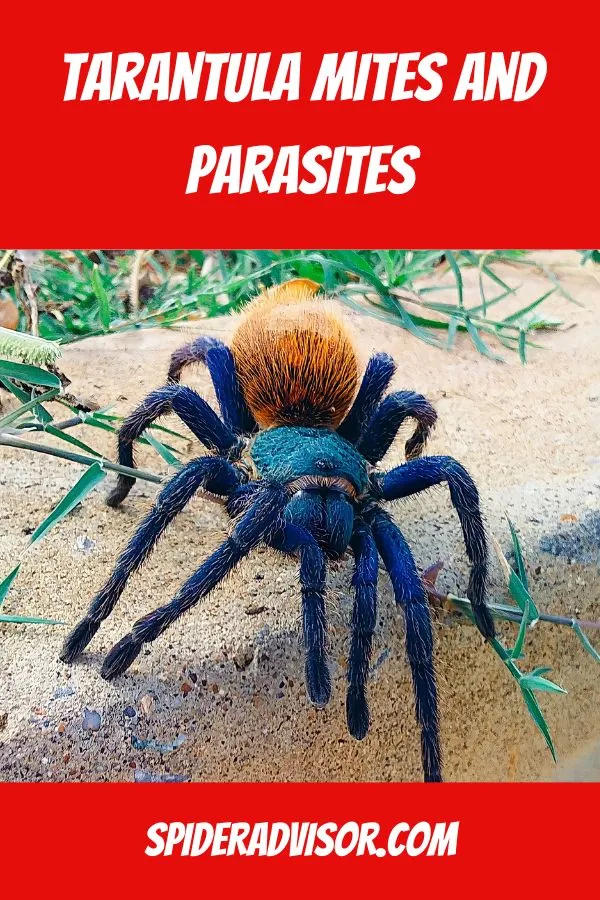
The first step involves thoroughly cleaning the enclosure. Remove the tarantula and place it in a temporary, clean container. Dispose of the old substrate, any decorations, and water dishes. Scrub the entire enclosure with warm, soapy water. Rinse thoroughly to remove all traces of soap. Allow the enclosure to dry completely before reassembling. This process eliminates mites and their eggs, creating a clean environment. A clean enclosure is crucial, which will assist in completely removing mites. Consider using a reptile-safe disinfectant after washing to further sanitize the enclosure and minimize any lingering mites.
Substrate Replacement
Substrate is a primary breeding ground for mites, so complete replacement is essential. Choose a new, mite-free substrate appropriate for your tarantula species. Examples include coconut fiber, peat moss, or a mixture of both. Avoid reusing any old substrate. When adding the new substrate, ensure it is thoroughly moistened but not overly wet, as excessive humidity can encourage mite growth. Place new decorations that have been cleaned and disinfected. This step helps to prevent any mites from hiding within the enclosure. New substrate and clean decor creates a healthy and safe environment for your tarantula. Remember to remove and discard the old substrate safely.
Quarantine and Observation
After cleaning the enclosure, place your tarantula in a quarantine enclosure. This temporary setup should be completely clean, with new substrate, and minimal decor to make it easier to monitor the tarantula. Observe the tarantula closely for any signs of mites. Quarantine allows you to treat the tarantula and ensure the mites are gone before reintroducing it to the clean enclosure. Quarantine lasts a few weeks while you monitor the tarantula for any recurrence of mites. This helps prevent the re-infestation of the cleaned enclosure and allows for additional treatment. Monitor their behavior and feeding habits as a part of the process.
How to Treat Mites Directly on Your Tarantula
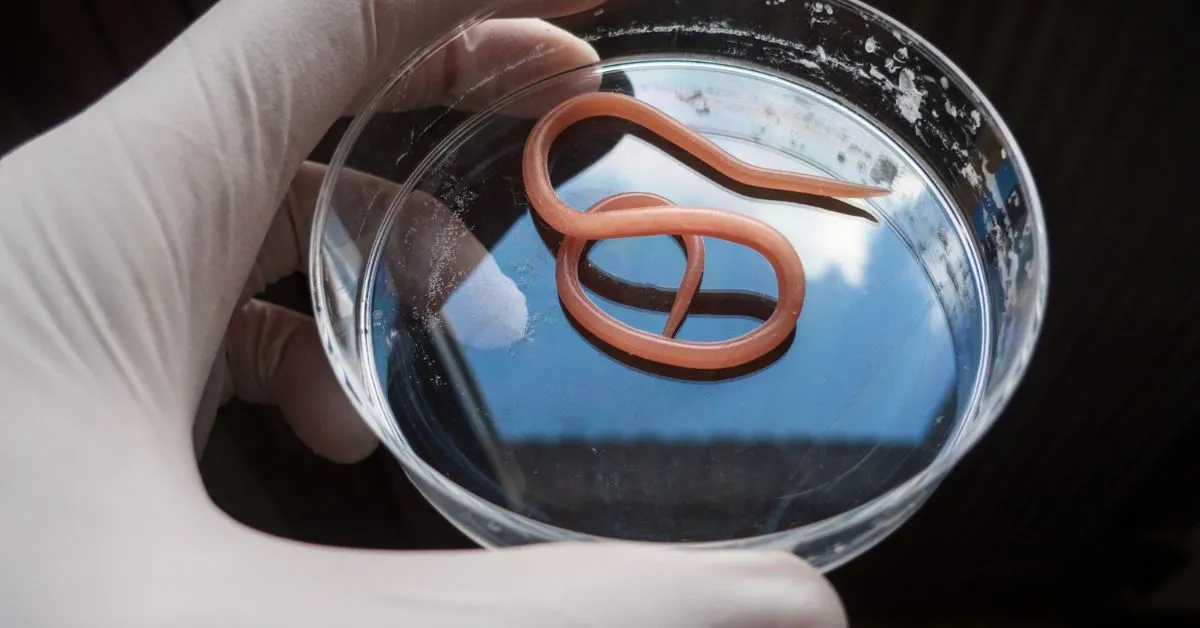
Treating the tarantula directly is often necessary. There are a few safe methods you can use. A gentle method is to use a cotton swab dipped in warm water to carefully remove mites from the tarantula’s body. Be extremely gentle and avoid getting water in the tarantula’s book lungs. Another option, though less common and requiring careful application, is using a diluted solution of reptile-safe mite treatments, if available, following the product’s specific instructions. Always consult with a veterinarian specializing in exotic pets to determine the best approach. Never use any treatment that is not specifically formulated for reptiles or arachnids, as this could be harmful.
Using Water to Remove Mites
One of the safest methods involves using water to gently remove the mites. This is done carefully to prevent the tarantula from drowning or inhaling water. Use a cotton swab dipped in warm water, and gently dab the affected areas, such as the legs, abdomen, and around the book lungs. The water will help dislodge the mites. You must avoid getting water in the book lungs, as this can be fatal. Repeat this process as needed, but ensure the tarantula is not stressed. After the procedure, ensure the tarantula dries completely. Use a soft, absorbent material to gently pat the tarantula dry, paying extra attention to the book lungs area. The goal is to remove mites effectively without causing harm or stress.
Safe Handling and Cleaning
Safe handling is crucial when dealing with mites. Always wear disposable gloves to prevent the spread of mites and protect yourself from any potential bites. Handle the tarantula as gently as possible to minimize stress. When cleaning the enclosure, perform it in a well-ventilated area. Dispose of the used substrate and cleaning materials in a sealed bag to prevent mites from spreading. Thoroughly wash your hands and any tools used during the process to remove any traces of mites. This minimizes the risk of both you and other areas becoming infested. A thorough clean-up and careful handling ensure successful removal of mites.
Preventing Future Mite Infestations
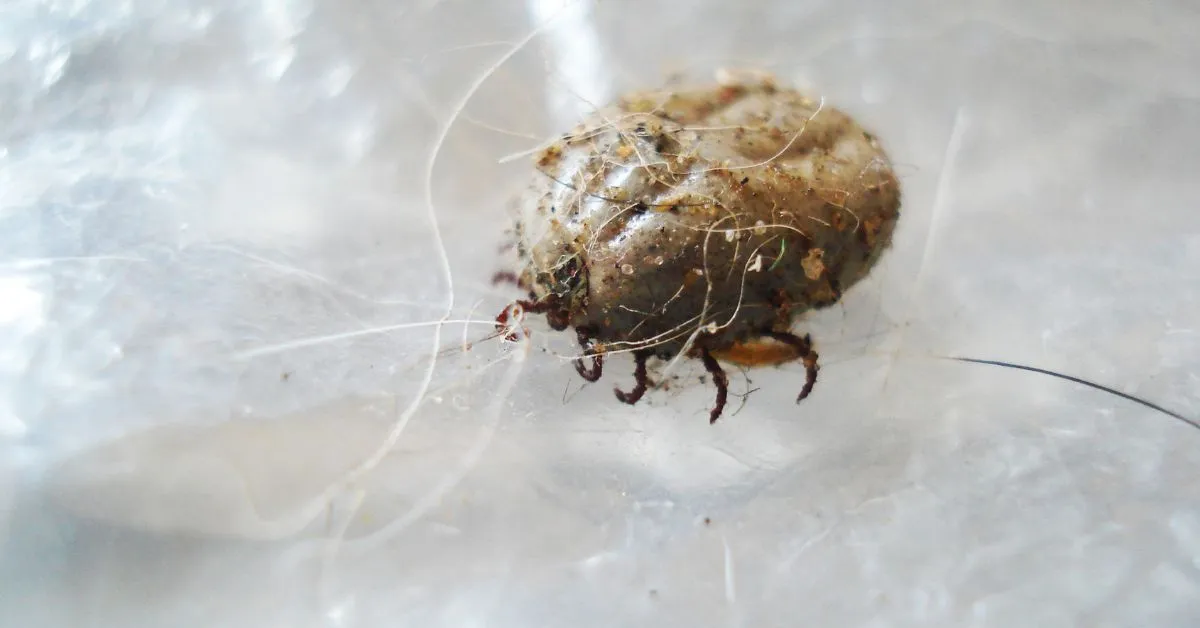
Preventing future infestations is as important as treating an existing one. The preventative measures focus on maintaining a clean and healthy habitat. Proper hygiene and regular monitoring will significantly reduce the likelihood of a recurrence. Implement the following strategies to ensure a mite-free environment and secure your tarantula’s well-being.
Maintaining a Clean Habitat
Regularly clean your tarantula’s enclosure to prevent mite infestations. Spot-clean the enclosure weekly, removing any uneaten food, shed exoskeletons, and feces. Perform a complete enclosure cleaning and substrate change every 2–4 months, depending on the size of the enclosure and the species of tarantula. Use a reptile-safe disinfectant to sanitize the enclosure. Ensure proper ventilation to avoid excessive humidity. Regularly monitoring the conditions will minimize the risks. A clean habitat ensures a safe environment for your tarantula.
Quarantine New Tarantulas
Quarantine newly acquired tarantulas to prevent the spread of potential pests or diseases. Before introducing a new tarantula to your existing collection, keep it in a separate quarantine enclosure for at least 30–60 days. During this time, observe the tarantula for any signs of mites or other health issues. Provide the new tarantula with its own dedicated tools for feeding and cleaning to avoid cross-contamination. If the new tarantula shows no signs of mites after the quarantine period, you can safely introduce it to your collection. This approach protects your existing tarantulas from any potential infestations.
Regular Inspections and Monitoring

Regular inspections and monitoring are essential for early detection. Inspect your tarantulas and their enclosures weekly. Look for any signs of mites, such as tiny moving specks on the tarantula or in the substrate. Check for excessive scratching, lethargy, or molting problems, as these may indicate an infestation. Monitor the humidity and temperature levels in the enclosure. Maintaining these conditions will help prevent mite infestations. Early detection and prompt action are essential for protecting your tarantulas’ health and well-being. Monitoring also allows you to identify potential problems early on.
In summary, successfully removing mites from your tarantula and its habitat requires a multi-faceted approach. From identifying the problem to implementing thorough cleaning, direct treatment, and preventative measures, each step is crucial. Consistent monitoring, maintaining a clean environment, and practicing responsible quarantine procedures significantly reduce the risk of future infestations. Protecting your tarantula from these parasites is an ongoing process requiring diligence and care.
